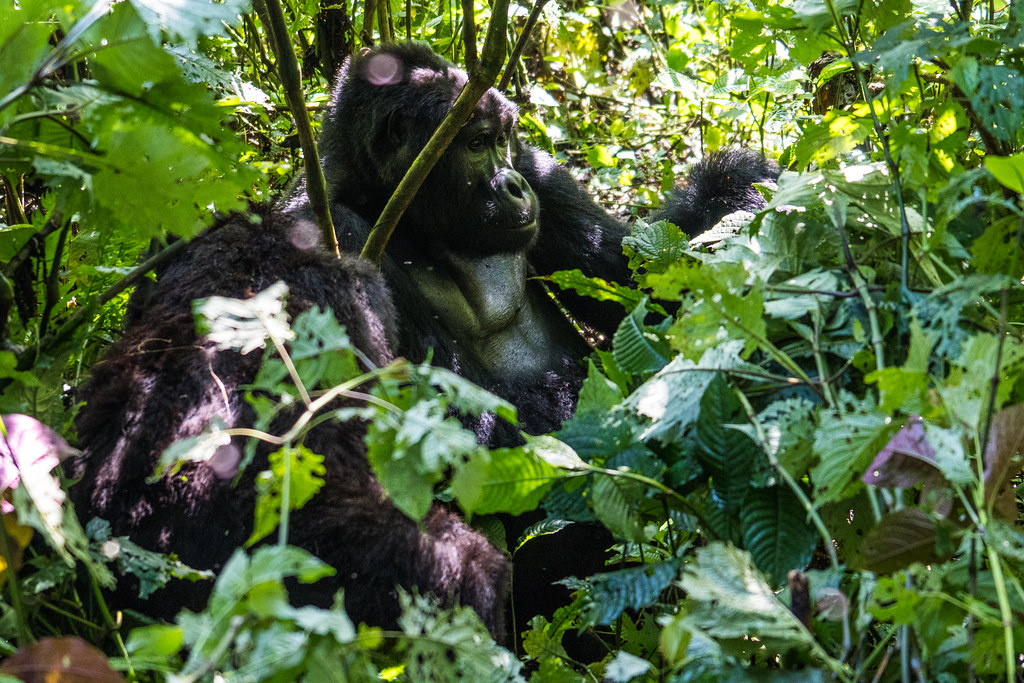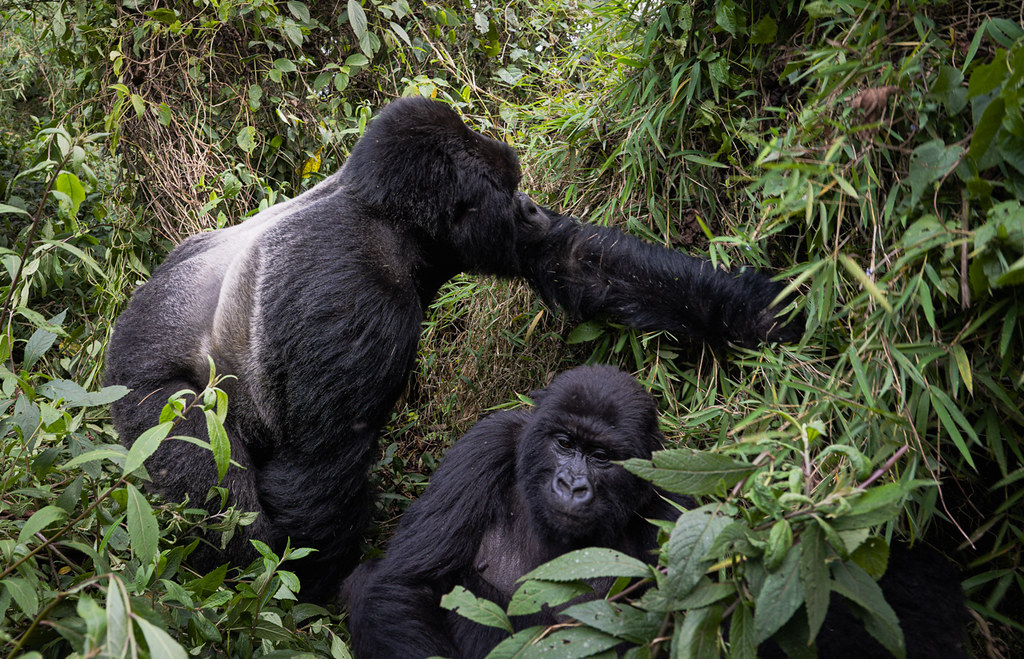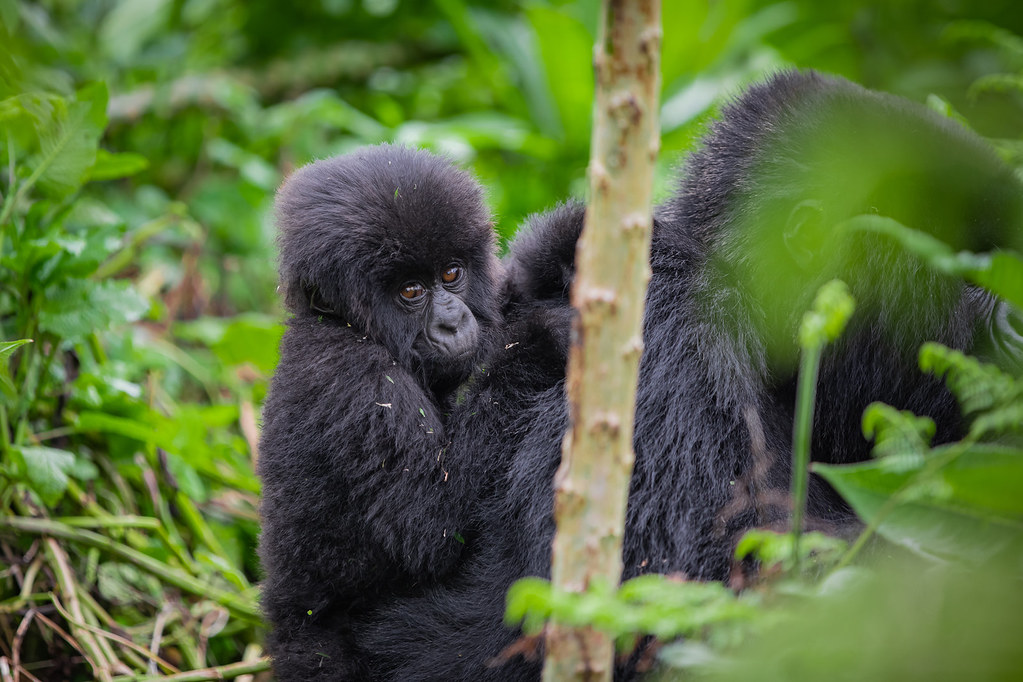Unveiling the Largest Species of Gorillas: Meet the Giants of the African Rainforest
Gorillas are the largest primates on Earth, captivating wildlife lovers with their immense strength, gentle intelligence, and tight-knit family structures. These remarkable creatures inhabit the rich, green heart of Africa, where dense tropical and subtropical forests shelter their complex societies. But among these majestic beings, one stands out: the largest species of gorillas. In this guide, we’ll explore each gorilla species and subspecies what they eat, where they live, and how they differ before diving into the undisputed heavyweight of the primate world.

Gorilla Taxonomy: Understanding the Species
There are two primary species of gorillas, each divided into two subspecies:
- Eastern Gorilla (Gorilla beringei): Eastern Lowland Gorilla (Grauer’s gorilla), Mountain Gorilla
- Western Gorilla (Gorilla gorilla): Western Lowland Gorilla, Cross River Gorilla
All gorillas are herbivorous, highly social, and critically or endangered due to poaching, habitat loss, and human conflict. But the largest species of gorillas—Grauer’s gorilla—stands alone in terms of size and presence.
Eastern Lowland Gorilla (Grauer’s Gorilla) – The Largest Species of Gorillas
Where They Live
Found exclusively in the dense forests of eastern Democratic Republic of Congo, Grauer’s gorilla lives in one of the most biodiverse and politically volatile regions on Earth.
Size & Appearance
This is the largest species of gorillas in the world. Males can weigh up to 272 kg (600 pounds) and reach 1.76 meters (5 ft 9 in) in height. Females are smaller, weighing around 90–110 kg and standing approximately 1.60 meters tall.
Their features include a broad chest, large hands, short muzzle, and a darker, stockier build than other gorillas.
Diet
Grauer’s gorillas are primarily folivorous feeding on leaves, stems, bark, fruit, and pith. Occasionally, they supplement their plant-based diet with ants or termites.
Conservation Status
Listed as Endangered by the IUCN, their population has declined by over 50% due to logging, mining, poaching, and ongoing conflict in the region. From 17,000 individuals in the 1990s, numbers have dropped dramatically, with habitat loss reducing their range from 8,100 to around 5,000 square miles.
Mountain Gorilla – The Rugged Climbers of the Highlands
Where They Live
Mountain gorillas reside in the Virunga Mountains spanning Rwanda, Uganda, and the DRC, and in Uganda’s Bwindi Impenetrable Forest.
Explore some of our popular mountain gorilla safari packages in Uganda and Rwanda:
- 1 Day Rwanda Gorilla Tour
- 2 Days Uganda Gorilla Tour
- 5 Days Rwanda Gorilla Safari
- 4 Days Luxury Uganda Gorilla Trekking Safari
- 6 Days Luxury Gorilla Trekking Rwanda
Size
Though smaller than Grauer’s gorilla, mountain gorillas are still large. Males weigh around 160–220 kg (350–485 pounds) and stand up to 1.75 meters tall.
Diet
Their diet consists mainly of leaves, bamboo shoots, stems, and roots, with occasional fruits and insects.
Unique Behavior
Unlike lowland species, mountain gorillas do not survive well in captivity. They thrive only in their natural habitat, making them the focus of ecotourism and conservation-based trekking.
Conservation
With around 1,000 individuals left in the wild, they are considered Endangered but show signs of recovery thanks to rigorous conservation efforts.
Western Lowland Gorilla – The Most Widespread but Still Vulnerable
Where They Live
This species is found across Central Africa, including Cameroon, Equatorial Guinea, Gabon, Congo, Angola, and parts of the Central African Republic.
Size
Smaller than their eastern cousins, males weigh about 140–180 kg (310–400 pounds) and stand around 1.6 meters tall.
Diet
They have a varied diet rich in fruits, leaves, seeds, stems, and insects. Western lowland gorillas are known for their adaptability and are often studied in zoos.
Notable Individual
One of the most famous gorillas ever was Snowflake, an albino western lowland gorilla who lived in the Barcelona Zoo.
Cross River Gorilla – The Rarest Subspecies
Where They Live
This elusive subspecies occupies the border region between Cameroon and Nigeria, primarily in remote, mountainous forest terrain.
Size
Similar in size to western lowland gorillas but slightly more slender and with subtle differences in skull structure.
Population Status
With fewer than 250 mature individuals remaining, the Cross River gorilla is one of the rarest primates in the world, making them Critically Endangered.
What Defines the Largest Species of Gorillas?
When determining the largest species of gorillas, scientists evaluate several key physical and ecological traits:
Weight – The average adult male gorilla can weigh anywhere from 140 kg to over 270 kg, with Grauer’s gorilla topping the scale.
Height – Measured standing upright, gorillas can reach heights of 1.6 to 1.8 meters (over 5.9 feet), depending on the subspecies.
Muscle Mass & Build – Beyond sheer size, muscle density and body structure play a crucial role. Grauer’s gorillas are known for their bulky, muscular frames and thick limbs.
Geographical Range & Adaptations – The environments in which gorillas live influence their physical adaptations. Grauer’s gorilla, living in lowland rainforests, has evolved for strength and endurance.
By every measurable standard: weight, height, muscle composition, and adaptability, the Eastern Lowland Gorilla, or Grauer’s gorilla, stands as the largest gorilla subspecies ever recorded. These giants are not only the heaviest but also the most physically imposing of all gorillas, with silverback males often reaching legendary proportions in the wild.
Fascinating Gorilla Facts: Nature’s Gentle Giants
Even the largest species of gorillas are full of surprising traits that defy their massive size and powerful appearance. Here are some intriguing facts that showcase the intelligence, adaptability, and gentle nature of these incredible primates:
Hydration Without Drinking Water
Gorillas rarely need to drink water directly. Their diet rich in leafy greens, stems, fruit, and bamboo provides all the moisture they need. This unique adaptation helps them thrive in dense forests where standing water may be scarce or difficult to access.
Tool Use and Problem-Solving
Gorillas, especially the more intelligent subspecies like Grauer’s gorillas, have been observed using sticks to test water depth or fashioning makeshift tools to retrieve food. This demonstrates an impressive level of cognitive ability previously thought to be exclusive to humans and great apes like chimpanzees.
Sophisticated Communication
Gorillas use more than 25 distinct vocalizations, along with facial expressions, chest-beating, and body language, to communicate with one another. From soothing grunts to alarm calls and play signals, their communication system is remarkably complex and emotionally expressive.
Peaceful by Nature
Despite their formidable strength and imposing build, gorillas are generally non-aggressive. Silverbacks, the dominant males in gorilla groups, only resort to displays of power when threatened. Most conflicts are resolved with posture and sound rather than violence, reinforcing their reputation as true gentle giants.
The largest species of gorillas, Grauer’s gorilla, represents not just a biological marvel but also a symbol of conservation urgency. As you trek through the rainforests of Africa or admire these creatures from afar, remember that their future depends on global awareness and sustainable tourism. Whether you’re drawn to their size, strength, or spirit gorillas remain one of nature’s most captivating masterpieces.


